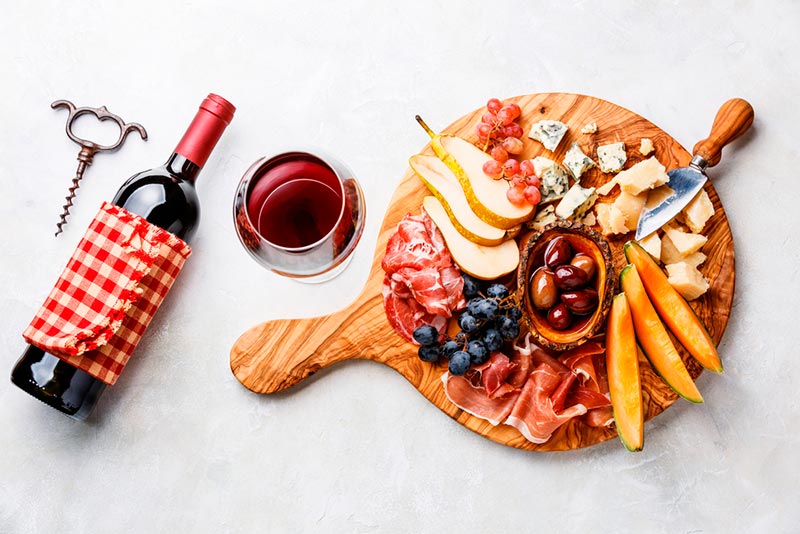10 Reasons Why Your Stock Photography Portfolio Sucks (and How to Fix It)
Photographing for microstocks takes time, effort and persistence. You learn the tricks of the trade as you go along; you perfect your skills, rinse and repeat. How come you’re not getting the returns you expect? To be quite frank with you – your portfolio could use an upgrade. Don’t worry though! We’re here to help you fix these common mistakes photographers make and you can improve your portfolio with a few simple adjustments.

Yes, clients do like versatility and freedom of choice. This is why you should make the most of your photoshoots and provide versatility, but please, don’t upload 60 images of the same subject cropped differently.
Understand that clients will still modify the images to their liking. It is better to have a few high-quality images of a subject rather than put work into creating ‘a variation’ of the same thing. No one wants to sift through pages of men shaking hands. One is enough!

Your titles are off, description isn’t accurate, the keywords are a mess. This is one of the most important aspects when it comes to a stock photography portfolio. You need to have your tags on point, be accurate and concise. Title, description, and keywords are the first step to getting your images discovered.
If you don’t put accurate and relevant keywords to go with your images, do you think your potential buyers are going to find you? They won’t even glance at your portfolio because your images are on page 90.

Specialization can get you noticed. If you’re lucky enough to tap into the mass market and know which images sell like hotcakes, you’re clearly winning. A common mistake for beginners is to focus on one tiny niche and put all their efforts into work that’s going to be outdated in a month.
Keep up with the latest trends and get organized! Make your portfolio presentable. Try your hand with different themes and subjects and don’t get hung up on having one definitive style. Research what sells, compose yourself and work towards a more whole rounded portfolio for better results.

As we’re on the topic of organization, be mindful of your uploads. Clients can sometimes choose their images based on the portfolios they stumble upon. Think of your portfolio as an introduction to you as a professional. Upload your pictures so they look cohesive as collections when you scroll through the pages.
Your work should speak for itself and your portfolio must reflect your skills, expertise and your specialty. This is tricky when there are no folders in your portfolio. When you’re shooting projects, upload them according to your latest work and organize by themes. This will make your portfolio more coherent.

You don’t need to upload absolutely everything to your stock photography portfolio. You’ve probably heard that you increase your chances of sales, the bigger your portfolio. This is true given that they are quality photographs. Go through your portfolio and get rid of all the overexposed, underexposed and poorly lit photographs because you’re just making your portfolio a literal dump for your unsuccessful shots.
Be your own quality control! Make sure your images are all high quality, the resolution is excellent and the lighting on point. Yes, it will cut your portfolio in half but you’ll thank us later.

The days of generic stock photography are numbered. If previously, this was the acceptable norm, you’ve got to get out of the trap if you want to sell. Generic stock photography is dated, not too tasteful and the demand for it is quickly diminishing.
You need to get in the mindset of producing authentic stock photography. If your portfolio is dated, get rid of old, generic photographs. They do no justice for your portfolio and surely, they’re too different from your recent work.

If your photographs are all edited to the brink, let’s just say they’re nice, finished photographs. What you’re forgetting is that this doesn’t leave much room for clients to manipulate the images they buy. You’re putting work into over editing and it’s not paying off. Stop doing it. Editing is one thing but going overboard will discourage clients from buying your images.
Modify your images to perfect the colors, crop where needed but get lost in the post-processing stage. A good editing eye will take you far. Remember to put yourself in the shoes of the client and consider that they want some space for experimentation themselves.

As your portfolio is an informal presentation to the professional you, show your aesthetics and don’t focus on chasing the big money. Keeping up with trends is a must but shooting exclusively according to them is going to make your portfolio dull and unimaginative.
You know better than anyone that everyday is a creative opportunity. Seize those moments and show us something we haven’t seen before.

You’ve uploaded new photographs a few times but other than that your photographs are just collecting virtual dust. In stock photography, your earnings are proportional to your efforts. Keep your portfolio updated with your latest work and increase your chances of getting discovered. Plus, your newest photos will be in the ‘Newest Files’ category which is another way to get exposure.
It’s not enough to sit back and wait for the sales. You’ve got to upload, keyword it and put time into making your photographs discoverable. Develop a system of how you upload and when. The more often you update your portfolio, the higher your chances of making profits.

You think that uploading is the last piece of effort after photoshoots. You couldn’t be more wrong. You’re a photographer and you have to be resourceful. This means promoting your own work on all possible social media accounts so that other prospective clients can find you and your amazing work.
You need to get all the exposure you can get. Photographs are 10% of the work and the rest is pretty much hustling. Don’t settle for less, promote yourself and be omnipresent.
Portfolios from our top contributors:
Rawpixel

Monkeybusiness

Lisovskaya

Interviews with our top contributors:
Into the Wild: Interview With Galyna Andrushko

Success Doesn’t Come Overnight: Interview with Tyler Olson

A Bit of Magic Realism: Interview With John Wilhelm

Behind the Scenes with Stefan Dahl

From Amateur to CEO: Interview With Kirill Kedrinksi








